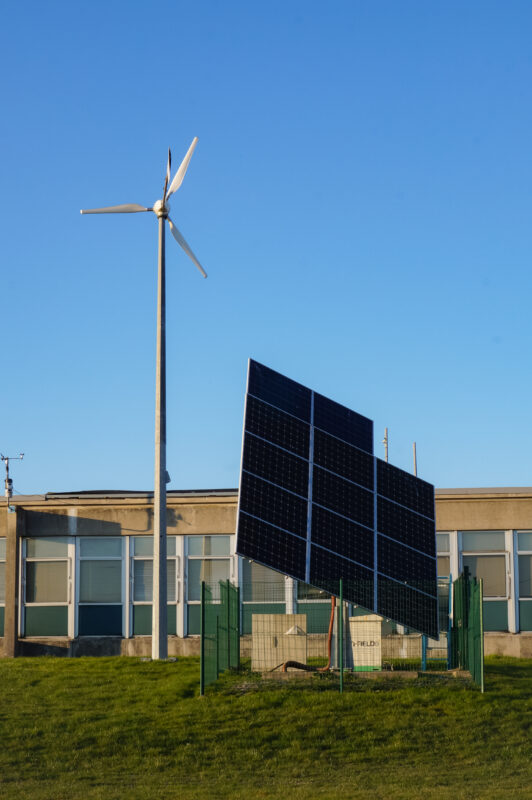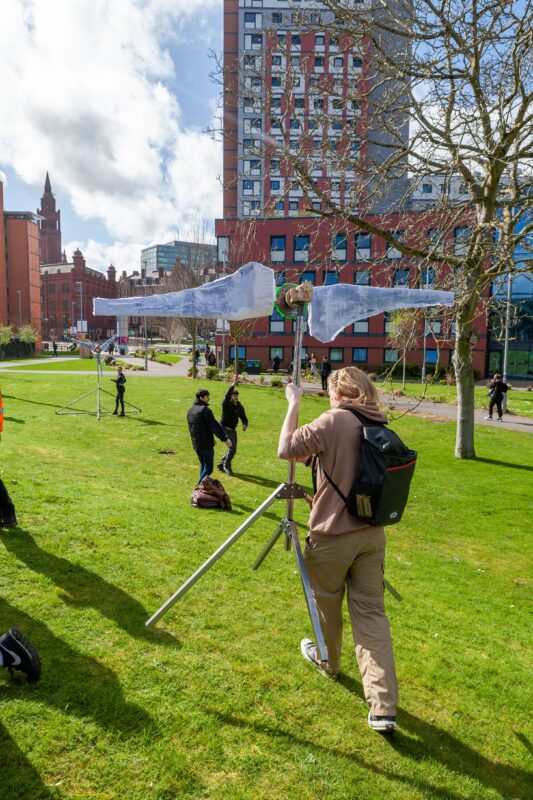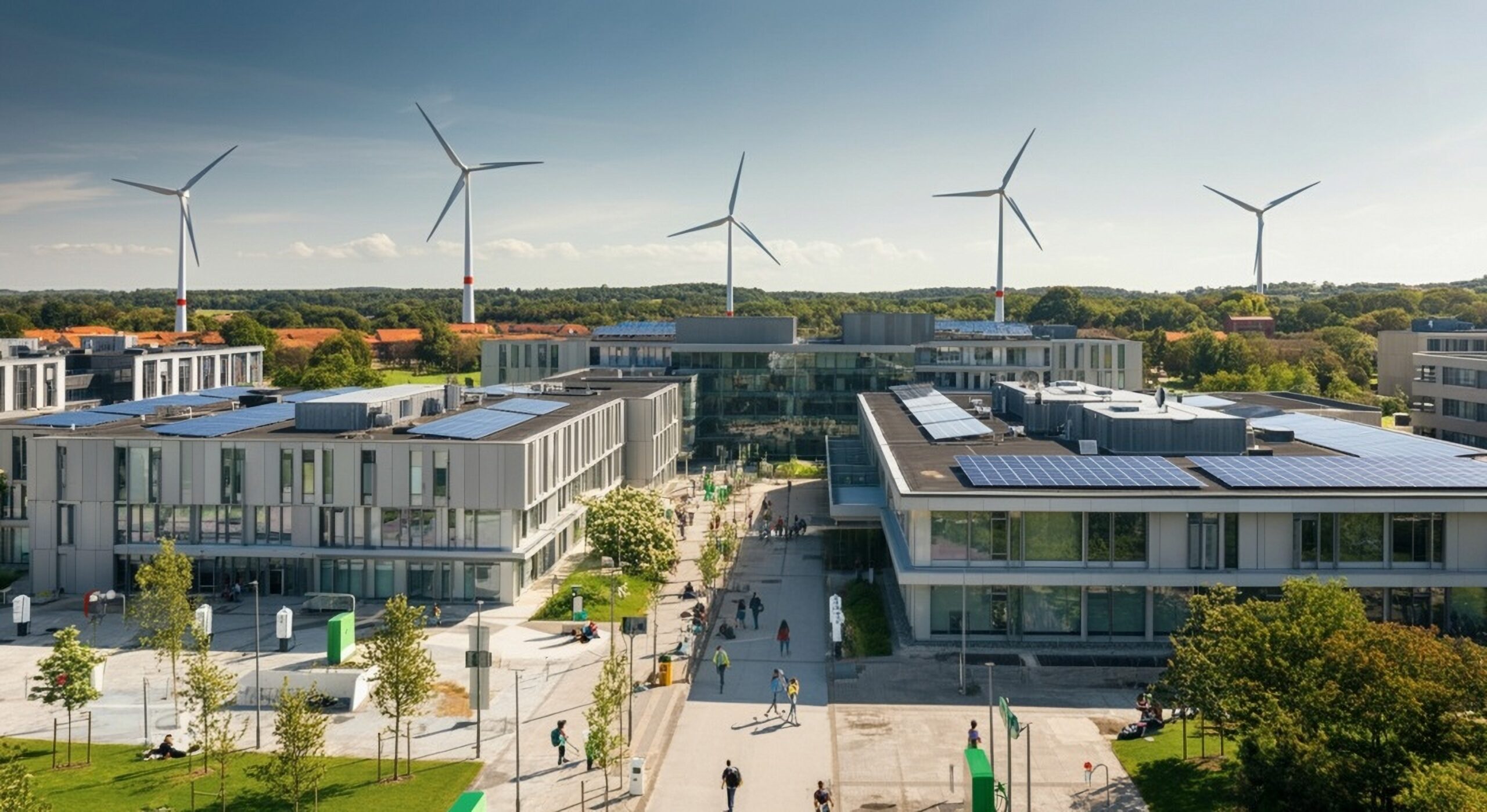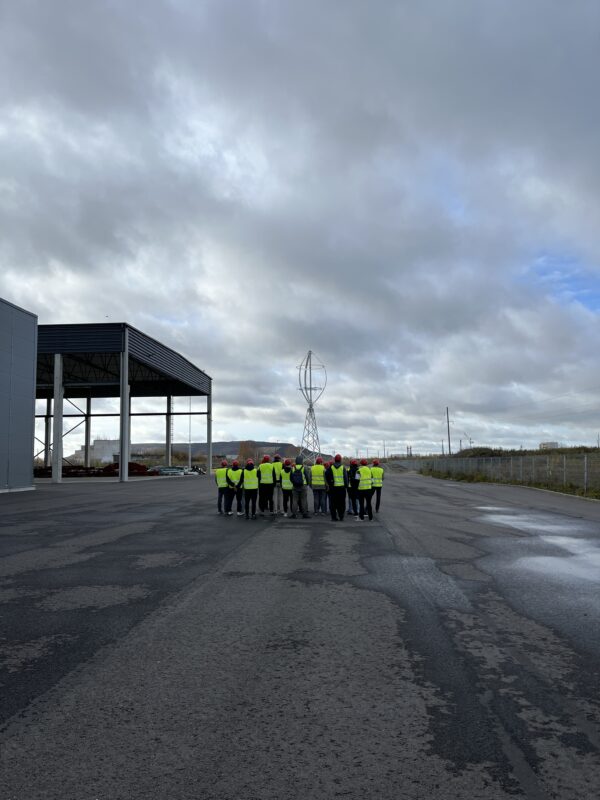Integration of Wind Turbines in Educational Institutions
To effectively fight climate change, the responsibility for finding innovative solutions can’t rest only on governments and global leaders. Educational institutions in Europe are increasingly integrating renewable energy solutions into their campuses. Cities, local administrations, businesses, and educational institutions must also actively contribute to clean energy efforts. All over the world, schools and universities are also starting to realize their part in energy transition. By embracing renewable energy solutions like small wind turbines they take the first step in becoming more sustainable.
Integrating wind energy into campuses offers more than just environmental benefits. It’s about lowering energy costs, allowing students to have hands-on learning opportunities, and showing commitment to building a greener future. Small wind turbines, with their adaptability and efficiency, fit perfectly into this vision. They help educational institutions balance sustainability goals with practicality.
In this article we will explore how wind turbines can transform campuses, supporting environmental initiatives and creating unique learning experiences for students, all while reducing energy expenses. Whether it’s a rural high school or a sprawling university, wind energy is proving to be a powerful tool for education.
Why Educational Institutions Are Turning to Renewable Energy
Schools and universities are starting to recognize their role in fighting climate change. They are more than just places of learning—they can be sources of innovation and progress. By using sustainable choices in education, campuses can significantly reduce their environmental impact. They can also lower energy costs, making operations more efficient. Most importantly, this approach inspires the next generation to prioritize renewable sources of energy. Embracing clean energy is not just a practical decision but also an opportunity for educational institutions to lead by example, showing students and communities the importance of making environmentally responsible choices.

Wind Energy Brings Unique Opportunities to Campuses
Schools and universities are increasingly turning to wind energy, leveraging their campuses as ideal spaces for renewable energy innovation. Here’s why wind power is making waves in education:
- Strategic locations: Many campuses are situated in areas with optimal wind conditions, allowing for the installation of full-scale turbines in open spaces or smaller micro-turbines on rooftops in urban settings.
- Cost efficiency: Over the years, wind energy has become one of the most cost-effective renewable energy options. Onshore wind is often more affordable than fossil fuels, particularly in countries with supportive green energy policies and incentives.
- Educational and research advantages: Wind turbines for educational institutions provide hands-on learning opportunities for students in engineering, environmental science, and other renewable energy education programs. They also position institutions as leaders in clean energy research and innovation, creating career pathways in one of the world’s fastest-growing industries.
By integrating wind technology, schools and universities help reduce campus carbon footprint while fostering education and research that equips students to tackle the climate challenges.
Ready to integrate renewable energy into your campus? Contact Freen to learn more about small wind turbines for educational institutions.
Benefits of Wind Turbines for Campuses
Small wind turbines bring a host of benefits to educational institutions, starting with significant energy savings for schools. By generating their own renewable power, schools and universities can reduce their reliance on traditional electricity providers, keeping utility costs down and freeing up funds for other priorities.
These turbines also promote energy independence, giving campuses a reliable and consistent energy source that isn’t affected by grid fluctuations or rising fossil fuel prices. This reliability is especially valuable for critical facilities like research labs and IT centers that need uninterrupted power.
Most importantly, small wind for academic institutions plays a vital role in advancing campus sustainability efforts. By contributing to green energy goals, it helps reduce carbon footprints and sets a visible example, inspiring both students and the surrounding community to take action on climate change.

Green Technology for Schools as an Educational Tool
STEM Engagement and Real-World Applications
Wind turbines in schools and universities not only generate clean energy but also provide unique learning opportunities. They help bridge the gap between classroom theory and real-world application. Students can track energy production in real time, calculate savings on utility bills, or even brainstorm ways to make turbines more efficient. This hands-on experience transforms abstract STEM subjects—like physics, engineering, and environmental science—into something tangible and exciting.
Sustainable energy in universities also offers a powerful way to teach about broader topics like climate change, energy independence, and sustainability. Students can study the role of renewables in reducing carbon emissions, or analyze how weather patterns affect energy output. These lessons go beyond textbooks, equipping students with knowledge and skills they’ll carry into future careers.
Renewable Energy Education Programs
For schools with renewable energy programs, small wind turbines are invaluable. They support curriculum goals by providing live data and real-world applications that make learning dynamic and impactful. Beyond the classroom, these installations make students more curious, innovative and provide a deeper understanding of how technology can shape a greener future.
By integrating wind energy into their campuses, schools and universities are powering their buildings, but also empowering the next generations.
Case Study: Beaumont Primary School – Harnessing Wind Energy for Education
Beaumont Primary School in Hadleigh, Suffolk, UK is a great example of how schools can embrace wind energy to support their sustainability goals. The school installed a wind turbine that now generates enough electricity to power the computers in its ICT suite daily.
The initiative, which cost £27,000, was funded through a combination of grants: £10,801 from the Clear Skies program, with the remaining amount matched by Suffolk County Council’s education department. This investment supports the school’s green ambitions but also brings real financial benefits, saving approximately £800 annually on energy bills.
Beyond the cost savings, the school has significantly reduced its carbon footprint. Through the wind turbine and other eco-friendly initiatives, Beaumont Primary estimates it cuts approximately eight tonnes of carbon dioxide emissions each year.
The project has also had an educational impact, helping students understand renewable energy in action. Beaumont Primary School demonstrates that even small-scale wind energy projects can make a big difference in reducing costs, cutting emissions, and teaching young generations to think sustainably.
Explore how wind energy can support sustainability in education—schedule a consultation with Freen’s team today.
Small Wind Technology: A Perfect Fit for Schools and Universities
Small wind turbines are an excellent fit for academic institutions. First, their compact size means they can be easily installed in a variety of locations, whether it’s on rooftops, in open fields, or in areas with limited space. Despite their smaller footprint, these turbines are efficient, generating renewable energy in schools without taking up much room.
Another key advantage is their quiet operation. Unlike larger turbines, small wind turbines produce minimal noise, making them a great choice for campuses where noise can be a concern. This means they can blend seamlessly into the campus environment without disturbing students and faculty.
Overall, small wind turbines provide a reliable, sustainable energy source that can help academic institutions reduce their energy costs and environmental impact.
Freen’s Solutions for Academic Institutions
With Freen’s products, we want to not only support sustainability goals but also provide a hands-on learning experience. Our small wind turbines are very adaptable, making them suitable for various environments. They can be installed in both smaller schools in rural areas and larger universities in urban settings. They can be mounted in between buildings, in gardens, or on hills.
Our small-scale turbines will not only reduce school’s spendings on energy but also lower their carbon footprint. Because of their long lifespan, they can work as an example of renewable energy sources for many generations of students.
Building a Greener Future with Small Wind Energy
Small wind turbines are more than just an energy solution—they help schools and universities save on energy costs. They also reduce carbon emissions and enable institutions to lead the way in sustainability. They also bring innovation to campus, giving students hands-on learning with renewable energy and preparing them for a greener future.
By choosing small wind energy, academic institutions can take a meaningful step toward a sustainable future. It’s an opportunity to inspire students and reduce environmental impact.






